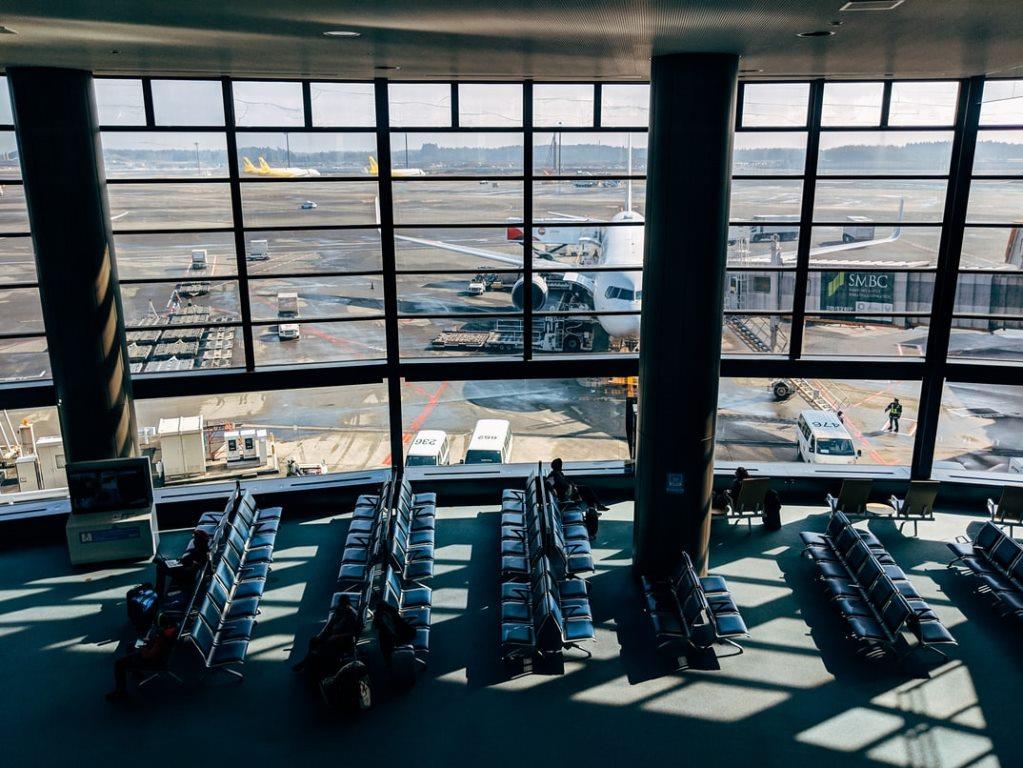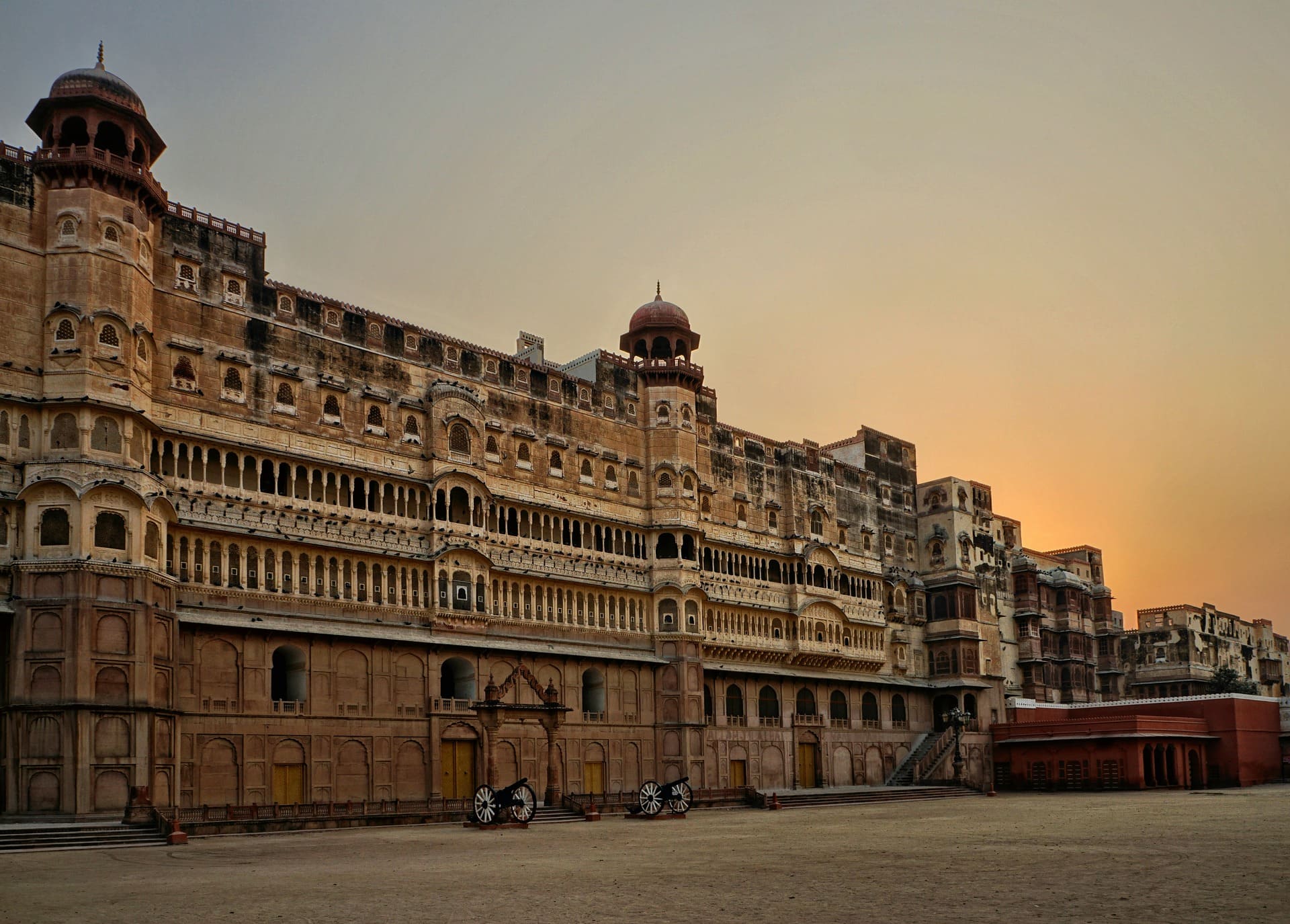Near the French city of Calais, there are many reasons to deviate from the classic routes. The Lance awaits art lovers the Louvre satellite museum in the city of Bethune pulls fans Art Deco architecture, Côte d’Opale attracted by sandy beaches, a former mining town of Cité de Electricite (Cité des Électriciens) has recently been invited to “Charbonneau ” – this is how the local winemaker puns, combining the name of the wine chardonnay and the word” coal “- carbon. The Cité de Elektriciens is a great example of how you can turn the monuments of working life into interesting tourist sites.
What is so special about the mining village?

Cité des Électriciens
The Cité des Électriciens was built by the Bruay mining company between 1856 and 1861 to house the miners working in the nearby mine. The streets of Cité des Electricians were named in the spirit of the times – in honor of the researchers of electricity: Ampere, Marconi, Volta, Edison, Coulomb, Franklin, Laplace, Faraday, Branly, and Gramm. Hence the name – Cité des Électriciens, the village of Electrics.
The Cité de Elektriciens is the oldest surviving mining town in the Pas-de-Calais mining basin and is an important testament to how the working class changed during the 19th century. It would be a model town in the French-Belgian coal belt, the best that industrial magnates could give workers.
It’s cool that since the appearance of the “professional” village, the situation here has practically not changed. Despite the fact that the mining activity ceased in 1979, and by 2008 the town was empty, the buildings here are perfectly preserved. The Marseille company Pas Perdus, which specializes in visual arts, decided to take advantage of this: it was through its efforts that the first art event took place in Cité, which marked the beginning of a new life in the village. And soon the village began to be rebuilt in earnest.
Museum, art residences, housing for low-income families

Cité des Électriciens
The restoration was carried out by the architectural bureau Philippe Prost and the landscape design agency FORR. The transformation took € 15 million. The official opening took place in 2019.
The Cité de Electricsienne serves as a museum, exhibition space, and art residence for artists working on social projects. In one of the houses you can stay for the night: adapted to the needs of the modern traveler, a comfortable B&B room will cost € 60 per night. Other houses offer self-catering accommodation in a retro setting. Ten more houses are reserved for low-income families.

Cité des Électriciens
The museum part has two permanent exhibition halls: one is a space created today that immerses guests in the history of mining in the region; the second room recreates daily life in the Cité in the original houses. The experts who worked on the exposition made sure to remind the visitor (s) more than once that what he (s) sees is not some kind of paradise utopia for workers, but “controlled freedom.” Yes, the mine owners gave the workers some comfort and opportunities for education, sports, a healthy lifestyle, and gardening, but all this is not out of pure altruism, but in order for them to give birth to new miners.
The Cité de Elektrisienne renovation project can serve as an example of how sustainable development ideas work because this village now has not only a past but also a future. The golden age of coal is over, something new is beginning – environmentally friendly, fair, reasonable.
For more information on what the Cité de Elektriennes is and when the local museum is open, see the project’s website.
Gardens and “charbonne”
An important part of the project to revitalize the Cité de Elektriciens is landscaping. Specialists from FORR immediately decided that they would try to restore those vegetable and fruit crops that were grown here by the mining families. Food can be enjoyed at the local Carin Gourmand restaurant. The 1.5 hectares of open land attached to the village were zoned in accordance with different purposes: in addition to the vegetable garden area, there is a garden for walking, a picnic area with a playground, an “artist’s garden”, the landscape of which will be updated annually by the residents of the residence, and an “educational garden” , where thematic seminars will be held, the chicken coop and the rabbit house will be restored, birdhouses will be hung.

Cité des Électriciens
In the same place where there used to be workings, a vine now winds. Reviews for “Sharbon” from the commune of Haylikour, grown in a unique “coal” terroir, are good. So far, production is limited to 3000 bottles, but prospects are visible. It is recommended to visit the wine cellar under the monastery of the 18th century during the harvest season – then you will be able to see with your own eyes how the local peasants pick the berries by hand, and then manually squeeze the juice out of it.













